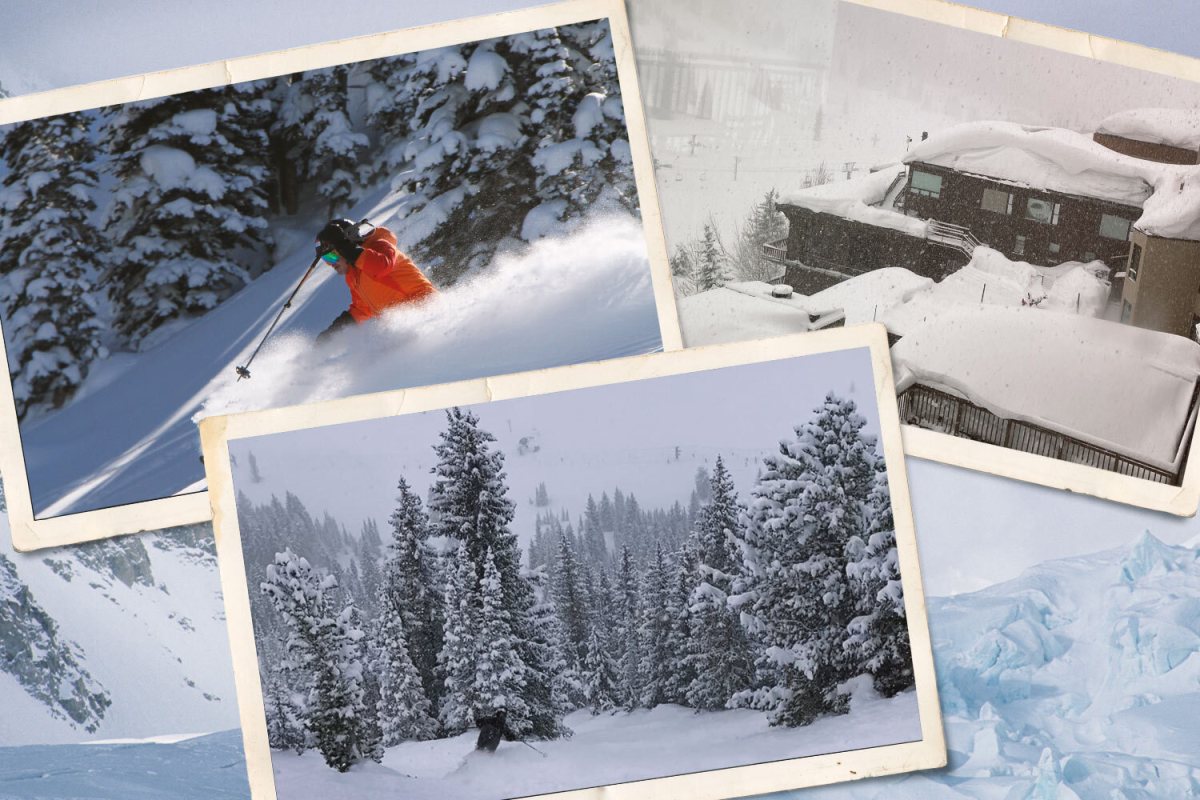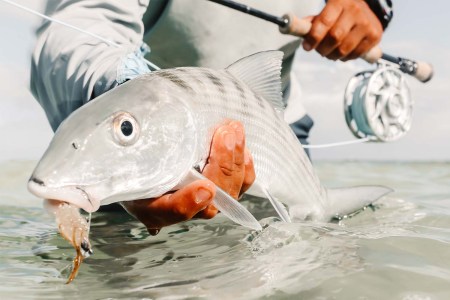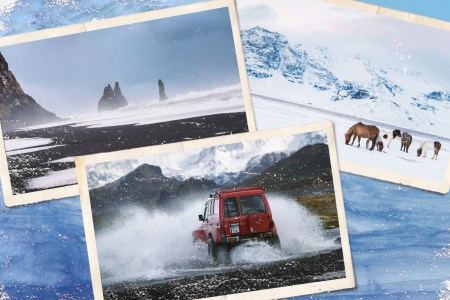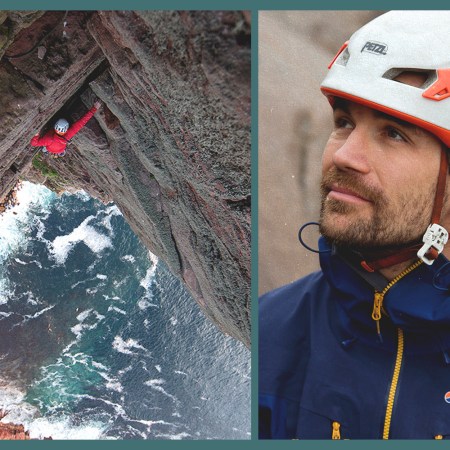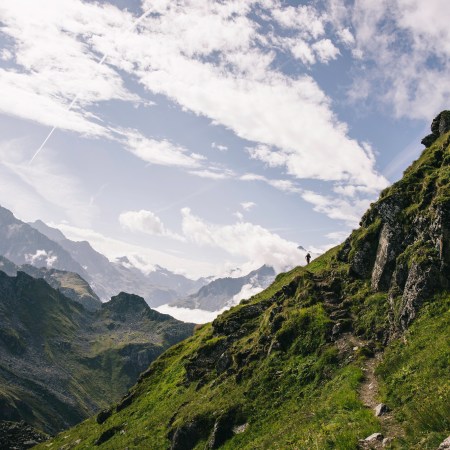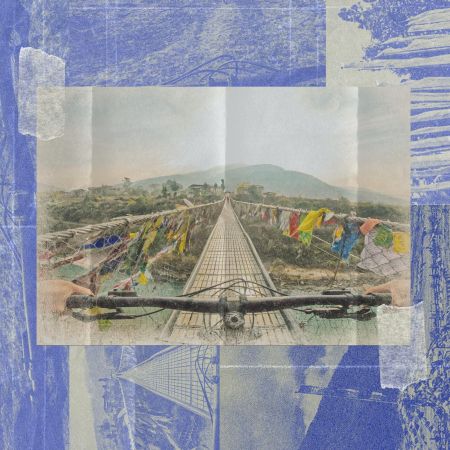I stood transfixed at the top of a chute in Alta Ski Area, high in the Wasatch Mountains of Utah, soaking in the best day of resort skiing I’d ever experienced. Below, my 14-year-old son Kai bounded through waist-deep powder into a pine grove. I couldn’t see anyone else; every now and then, exclamations of joy emanated from the surrounding terrain. From above, a seemingly endless blizzard poured forth, further pixelating the winter wonderland.
It was April 3, the third day of a five-day storm that eventually dumped 65 inches of snow on Alta and its neighboring Snowbird Mountain Resort, pushing an already record snowfall well above 800 inches for the season. (The resorts average 500 inches a year.) The onslaught — and the associated avalanche danger — forced the Utah Department of Transportation to close Route 210, which runs up Little Cottonwood Canyon and is the only winter road to and from Alta and Snowbird.
So while Kai and I were living the skier’s dream — two of only a few-hundred people “trapped” at one of the world’s premier powder skiing resorts, on what the locals call a “country club day” — Steven Clark was frayed to exhaustion. He’s the lead forecaster at UDOT, and one of the people who decides when to shut down Route 210.
“That April storm was the most harrowing of the year,” Clark told me recently. “The season had already been unprecedented, relentless, incessant, and it got harder and harder to manage. By April, we were out of ammunition, had broken wreck equipment, and were almost paralyzed.”
A little context might help here. Little Cottonwood Canyon is a steep, dead-end, glacially-carved canyon that rises abruptly from 5,000 feet of elevation in Salt Lake Valley to peaks that top out over 11,000 feet. Route 210, a two-lane road, traverses 64 known avalanche pathways in eight miles, which maybe wouldn’t be too big a deal if it didn’t snow so damn much. But because it does, Route 210 is the most dangerous road in the country, per an algorithm known as the Avalanche Hazard Index.
On April 4, with not only Route 210 but also Alta and Snowbird resorts closed due to the blizzard, two massive avalanches roared out of Tanner’s Slide Path, detonating aspen groves and enveloping the road, along with one of UDOT’s snowplows. That carnage alone would take at least a day to clear, meaning the country club membership could sustain…if only conditions allowed the resorts to reopen.
In Belize, a Saltwater Fly-Fishing Paradise Awaits
Nestled on the island of Ambergris Caye, El Pescador Lodge caters to both experienced and first-time saltwater fly anglers. Here, you’re part of the family, no matter your catch.How to Fight an Avalanche
In an average year, UDOT will manage dozens of slides and impose full canyon closures 15 to 20 times, Clark says. The 2022-23 barrage resulted in 34 full canyon closures, totaling 1,480 hours (more than 61 days). The season also brought 98 avalanches that that crossed the canyon road, 62 of which rated greater than three out of five on the avalanche destructiveness scale — both records. By the time it closed for the season on April 23, Alta had clocked an absurd 903 inches of snow.
Which, of course, was why Kai and I were there in the first place — and why Clark and his team were running on fumes. To conduct avalanche control along 210, UDOT works closely with Alta Ski Patrol director Matt Leri and his Snowbird counterpart, Tina Biddle. As Leri explained to me: “Many of the slide paths affecting the highway encompass huge amphitheaters of terrain that can rage avalanches down the steep upper slopes, funneling through narrow slots of quartz monzonite, burying the road under stories-deep debris.” Further, avalanches can threaten the highway from both the north and south sides of the canyon.
To prevent those slides from side-swiping or swallowing motorists in the canyon, Clark, Leri, and Biddle share weather and avalanche forecasting intelligence, along with avalanche mitigation gear — not just snowplows and other heavy trucks, but also munitions, which they routinely drop and fire onto mountainsides to induce slides before people are in harm’s way.
“When we see forecast for more than 18 inches of snow in 24 hours, that really piques our interest,” Clark said. Lesser amounts can also cause worry, he added, if the snow-water equivalent — which basically means “if the snow was rain” — is forecast to be greater than one inch in 24 hours. And because of its topography, Little Cottonwood Canyon is particularly susceptible to “storm slab” avalanches, which occur during or immediately after snowfall. This can complicate decisions on when to close Route 210 and for how long.
“Last year we had a lot of really high precipitation-intensity periods, with more than five inches of snowfall an hour,” Clark said. “And that’s one of the most difficult things to get right. You can be plus or minus an hour in your forecasting and that can mean a lot given how many people are up there.” Plus, Clark adds, “We’re wrong sometimes. Cars get hit almost yearly. That’s hard thing to live with but part of the job.”
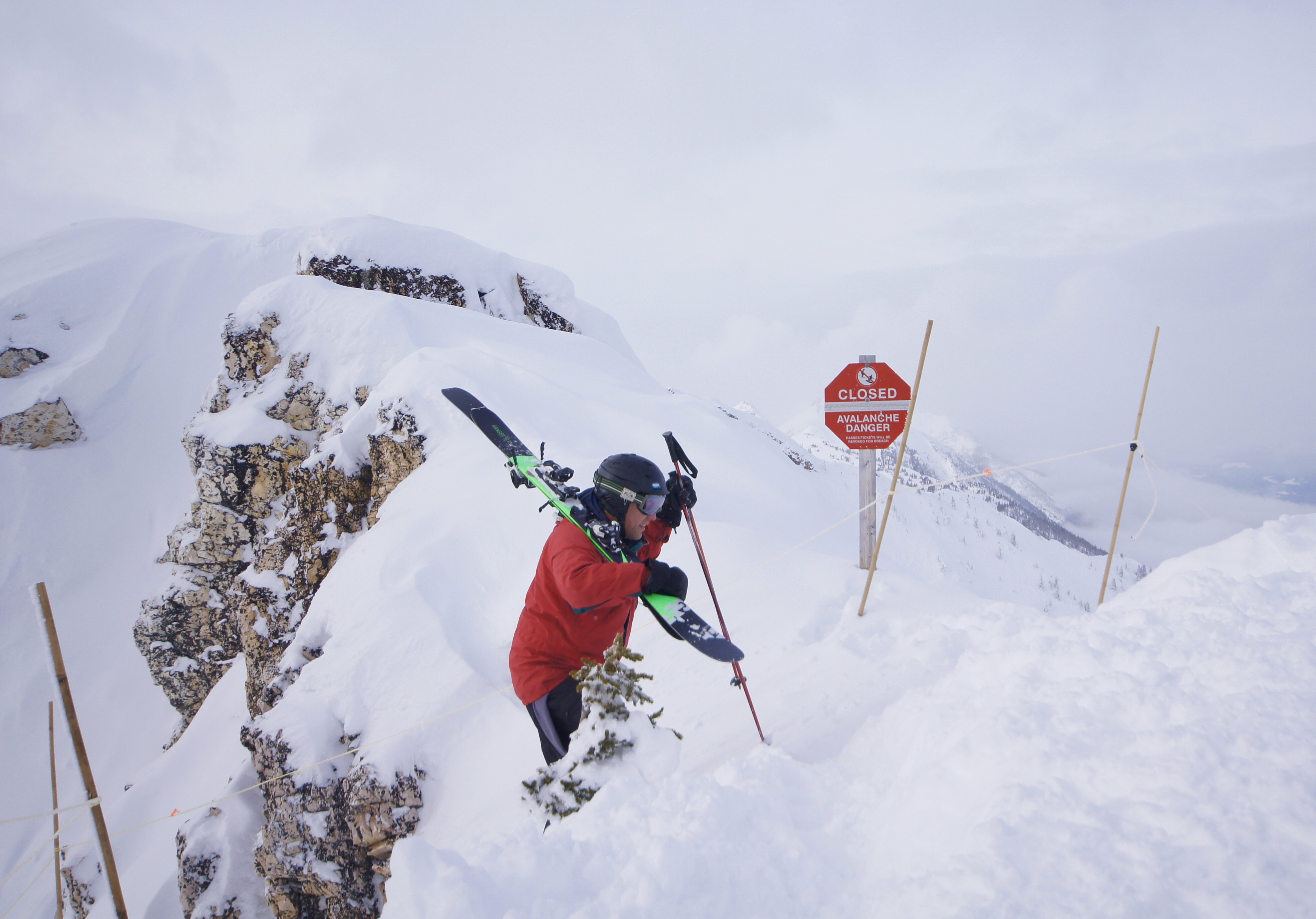
What Changed Last Year?
The 2022-23 season, says Biddle, presented different challenges for resort patrol and the UDOT crew. “In early November there was dirt on the ground,” she says. “Then it started snowing and basically didn’t stop, which gave us a really stable snowpack at Snowbird.” This contrasts with years when an early snowfall might thaw and freeze — essentially rot — making for a weak, avalanche-prone layer that can haunt forecasters all season.
But in 2022-23, Biddle says, “UDOT had it much harder: Once those slide paths go, they’re instantly greased up to slide again,” because big slides tend to smooth out the features that promote binding between snow layers.
When Clark and his team decide to “shoot the road” — that is, fire explosives into slide paths above 210 to trigger avalanches — they’ll contact Leri and Biddle, who will mobilize their teams at five in the morning. Each resort has one howitzer M101A1 gun, situated below mid-mountain, with an unobstructed line over 210. The guns fire 105 mm shells with a range of nearly seven miles, more than ample to handle the 3,500- to 5,000-foot distance from muzzle to slide path. Little Cottonwood Canyon is the only place in U.S. where the government allows the firing of live military grade munitions over an inhabited area, which tells you something about both the canyon’s avalanche risk and how hard it is to mitigate.
“We start shooting at 7 a.m.,” Biddle tells me. “We have someone from UDOT on the radio giving clearance for each shot and, usually, a UDOT employee in a truck (outside the slide path) to report on results.” When everything is working well and it isn’t blizzarding for days on end, the crew will then get the snowplows going to clear and open the road.
But when this process takes half a day or longer, as seemed to happen at least once a week last season, the lines of cars queueing up to at the mouth of Little Cottonwood can extend for miles into Salt Lake City neighborhoods. I’ve been in those lines — the “powder panic” as the locals call it, is very real. But knowing how quickly a powerful slide could bury a car and its occupants — tends to help me tolerate the wait.
When things get really hairy, the Alta Town Marshall will order everyone except emergency personnel to go and stay indoors — a mandate called interlodge, which applies to all of Alta and Snowbird. It’s the inverse of the dream scenario: trapped at a powder skiing paradise with no lifts spinning and no access to the mountain. During my April odyssey, we spent two full days and three nights interlodged and, as tormented as I was to not be skiing, I fully grasped the reasoning behind the order.
Knocking Around Iceland’s Adventure Coast
The “Golden Circle” is great, but for a wilder, less crowded experience head to the southern coast of Iceland’s Ring Road.
A Season for the Ages
The mountains reopened on April 6 and, with the road still shuttered, we practically had the place to ourselves. Between fantasy laps down vast pitches of sun-sparkled powder, I rode the lift with Leri and an acquaintance of his, who chided him: “Your crew must have had a ball skiing all day yesterday while we were stuck inside.” He handled this far more politely than warranted, noting that just about every rope line in the resort — those ubiquitous slope and boundary markers that are typically set three to four feet above the packed snow level — had been buried and needed to be reset. He pointed out the challenges of hand-dropping live explosives in places where the snow was too deep to simply ski away. “None of us got more than two runs of actual skiing.”
Besides, his work wasn’t done. Later that day, while Kai and I were whooping our way through pillows of snow in Alta’s Wildcat area, the warmth of the sun induced a slide that barreled off Mount Superior and into the Chickadee beginner area at Snowbird.
“At any given time there could’ve been 10 kids right there,” Biddle said. This time, by sheer luck, there were none. But in the moment nobody knew that for sure. “UDOT came up, Alta came down with dogs, and we were all digging and probing and clearing,” she says. “We were lucky. A lot of people on patrol have kids that ski at Chickadee, so emotions were running really high.”
When I asked Leri, who has been on Alta Ski Patrol since 2003, to put the season in perspective, he answers, “The snow never stopped coming, and the avalanching was historic. 150-year-old trees were mowed down like blades of grass. Terrain features disappeared and new ski lines opened up that don’t come in until we have the rare 200-inch base. We had so many early avalanche mitigation mornings that when we finally had a ‘normal’ 8 a.m. meeting, it felt like sleeping in on a day off.” Leri, who lives in Salt Lake City, spent 34 nights interlodged at Alta; his previous record was five nights.
And amid all the insanity, uncertainty, and stress? “The skiing was off the hook,” says Biddle. “It’s a season we’ll remember for a long time, for the good and the bad. But the best part about it was that at the end, everybody went home.”
Whether you’re looking to get into shape, or just get out of a funk, The Charge has got you covered. Sign up for our new wellness newsletter today.
